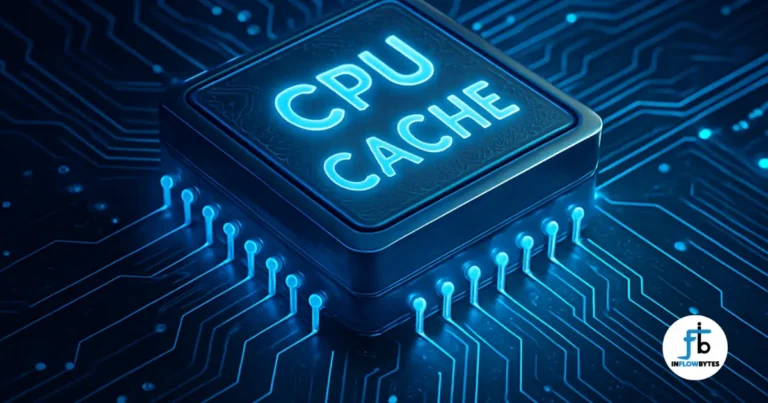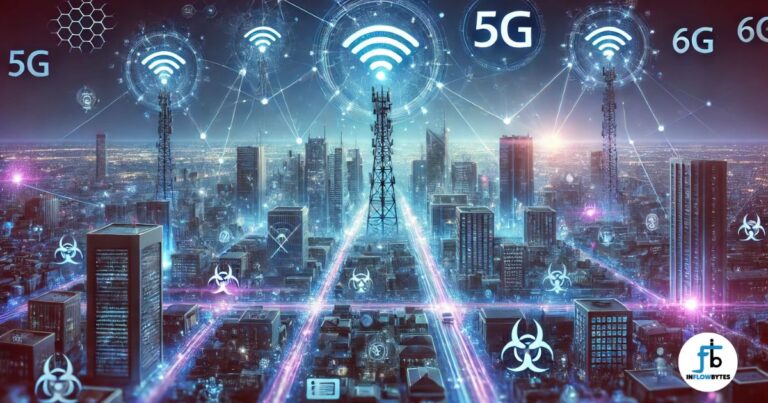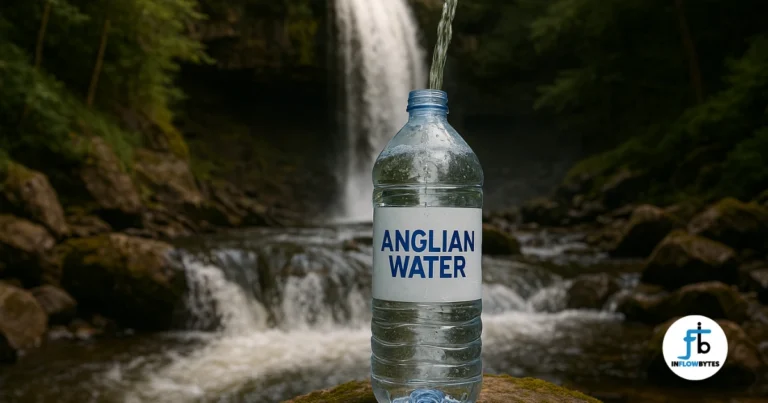
Technology has advanced the robotic field also. Nowadays tiny robots are made which just look like insects. These tiny insect robots copy how real insects move, fly, and sense things. This work combines biology, new materials, small electronics, and smart computer programs. As we learn more, these small robots could be used in many ways, like helping farms, finding people after disasters, watching areas, and even in military work.
How Robot Insects Work?
Robot insects work by copying how real insects move and sense things. They have tiny artificial muscles that flap their wings when electricity passes through them. Small sensors and cameras help them see and respond to their surroundings. To stay powered, they use light batteries or gather energy from the environment. Their design is inspired by real insects, making them light, fast, and able to fly smoothly. Scientists are improving them so they can help in farming, rescue missions, and even security tasks.
Innovations from Leading Universities
MIT’s Robotic Pollinators

MIT researchers have created a small flying robot inspired by bees. It is now stronger, faster, and more energy-efficient than earlier versions. This robot could help with artificial pollination, benefiting both agriculture and the environment.
Key Improvements:
- Longer Flight Time: Can hover for 1,000 seconds, which is 100 times longer than before.
- Faster and More Agile: Moves at 35 cm per second and can perform complex aerial movements.
- Better Wing Design: Uses four wings in a cross shape instead of eight, improving lift and reducing energy use.
- Advanced Artificial Muscles: Made from elastic materials and carbon nanotubes, allowing smoother and more efficient movement.
Future Potential: Researchers are working on making the robot capable of landing on flowers and taking off again, which would be a major step toward independent pollination.
Harvard’s RoboBee Project
Since 2009, Harvard researchers have been developing RoboBees, tiny robotic insects about half the size of a paperclip. Despite their small size, these robots have achieved significant advancements.
Main Research Areas:
- Body: Designing small flying robots with their own power source.
- Brain: Developing sensors that help them detect and respond to their surroundings like real bees.
- Colony: Finding ways for multiple RoboBees to work together as a team.
Breakthrough Features:
- Can fly with stability and control.
- Can attach to walls to save energy.
- Can switch between flying and swimming underwater, which no other robot of this size has done before.
These small robotic insects could one day be used for pollination, environmental monitoring, and search-and-rescue missions.
University of Washington’s AIR Lab
The Autonomous Insect Robotics Lab (AIR Lab) at the University of Washington is developing tiny flying robots called Bugbots. These robots are designed to move like real bees and flies while using very little energy. The goal is to create lightweight robots that can fly on their own.
Key Innovations:
- Energy-Saving Sensors: Instead of traditional gyroscopes, these robots use accelerometers, similar to how real flies sense movement. This helps them fly more steadily while using less power.
- Lightweight Sensor System: A special microcontroller and optic flow camera use 100 times less power than regular drone systems.
- Smaller and Lighter Robots: The lab has built a 100-milligram RoboFly and is now working on an even tinier RoboGnat.
These tiny flying robots could be useful for pollination, environmental monitoring, and other tasks where small, self-flying drones are needed.
Applications and Potential Uses
Agricultural Applications
Perhaps the most prominently discussed application for insect robots is artificial pollination. With declining bee populations threatening global food security, robotic pollinators could supplement or potentially replace natural pollinators for certain crops. MIT researchers envision swarms of their robotic insects autonomously pollinating fields, helping to maintain agricultural yields while reducing reliance on chemical interventions that can harm beneficial insects.
For this application to become viable, the robots must achieve several capabilities:
- Sufficient flight time to cover large agricultural areas
- Precise navigation between flowers
- Effective pollen transfer mechanisms
- Autonomous operation with minimal human oversight
- Durability to withstand various environmental conditions
Current research aims to extend flight times beyond 10,000 seconds and integrate the necessary sensors and computing power to make these capabilities possible.
Search and Rescue Operations
In disasters, tiny insect robots could:
- Go into small, dangerous places that are hard to reach.
- Find trapped people.
- Find gas leaks.
- Check if buildings are safe.
They are safe around people, use little power, and might even get energy from their surroundings. This makes them very helpful for rescue teams.
Environmental Monitoring
Insect robots could also be great for checking on the environment. Groups of these tiny robots could gather information about air quality, pollution, and the health of ecosystems over big areas. Because they’re so small and don’t disturb much, they work well in delicate natural areas where bigger equipment might cause problems.
With the right sensors, these tiny robots could track pollution, study animal behavior, or collect small samples for scientists. This would give researchers a new way to gather environmental data on a very small scale, helping them discover patterns we couldn’t see before.
This detailed information could help us understand and protect nature in ways that were not possible before.
Military and Security Applications

While most people talk about the helpful uses of insect robots, their military potential has also caught the attention of defense agencies.Insect robots have useful features for the military, like their small size, ability to move without being noticed, and advanced sensors. They could help with spying, finding threats, and assisting soldiers, making them valuable for security and defense.
Surveillance Capabilities
Insect robots are great for secret surveillance because they are small and look natural, helping them blend into their surroundings. With tiny cameras or microphones, they can gather information in places where regular surveillance methods might not work or be too risky.
These robots can also work in groups, covering large areas or backing each other up during important tasks. As technology gets smaller and better, their ability to spy and gather information will only improve.
Force Protection
Besides spying, insect robots could also keep soldiers safe. They could find dangerous things like chemicals, germs, radiation, or bombs. By sending these robots ahead of people, or placing them around safe areas, they can warn about danger without putting people in harm’s way.
Because there can be many of these robots working together, it’s hard to stop them all. Even if some are stopped, the rest can keep working.
Logistical Support
On a battlefield, insect robots could:
- Create quick communication networks to send messages between soldiers.
- Map the area.
- Go into tight spaces to check equipment, find problems, or deliver small, important parts to places people can’t reach.
Potential Offensive Applications
While current research primarily emphasizes non-offensive capabilities, the potential for weaponization exists. Theoretical offensive applications could include targeted delivery of small payloads or disabling electronic systems through direct interference. However, significant ethical, legal, and technical questions surround such applications, and public research institutions generally focus on beneficial civilian and defensive uses.
Technical Challenges and Ongoing Research

Despite remarkable progress, several significant challenges remain before insect robots can be widely deployed for real-world applications:
Power Constraints
Perhaps the most fundamental limitation is power supply. The extreme weight constraints of microrobots make conventional batteries impractical for extended operation. Researchers are exploring several approaches to address this challenge:
- Miniature high-capacity batteries optimized for brief, intense power delivery
- Energy harvesting from environmental sources such as light, vibration, or radio waves
- Wireless power transmission to robots operating within a defined area
- Hybrid systems that combine multiple power approaches
MIT’s achievement of 1,000-second flight times represents significant progress, but many applications would require much longer operational periods or the ability to recharge/refuel autonomously.
Sensor and Control Systems
It’s hard to make sensors and control systems small enough to fit on insect robots and still work well. Regular sensors are too big, so they need to be made much smaller without losing their ability to sense things.
Scientists at the University of Washington are making good progress with small, light sensors. But, they need to keep improving them. They’re also looking at how real insects sense things, like how flies use their antennae to sense movement, to make better sensors.
Manufacturing Scalability
Harvard’s new pop-up MEMS method is a big step forward in making tiny robots. But making a large number of these robots is still difficult. Right now, the process works well for research but needs major improvements for mass production.
Scientists are working on ways to automate assembly, use special materials that can fold on their own, and develop better manufacturing techniques. These improvements could make production easier and cheaper.
Environmental Durability
For deployment outside controlled laboratory settings, insect robots must withstand various environmental challenges, including:
- Wind and air currents that could disrupt flight
- Moisture and precipitation that might damage electronic components
- Temperature fluctuations that affect battery performance and materials
- Dust and particulates that could interfere with sensors or mechanical systems
Enhancing robustness while maintaining the weight and size constraints inherent to microrobotics remains an active area of research.
Ethical and Societal Considerations
The creation of insect robots brings up important ethical and social questions that need to be considered as the technology improves:
Privacy Concerns
Tiny robots could be used for secret surveillance, which raises serious privacy issues. New laws may be needed to balance security needs with people’s rights.
Environmental Impact
Robotic pollinators might help farmers, but some experts worry about how they could affect nature. Scientists still don’t fully understand how real insects and robotic ones would interact.
Dual-Use Technology
Many insect robot technologies can be used for both peaceful and military purposes. It’s important to carefully think about how this research is shared and used.
The Future of Insect Robotics
- Here’s what we might see in the future of insect robots:
- Smarter Robots – These robots will be able to think and make decisions on their own, without needing human control. This will make them more useful and easier to operate.
- Better Teamwork – Groups of insect robots will work together more smoothly. They’ll be able to fly in patterns, share tasks, and solve problems as a team.
- Robots for Specific Jobs – Instead of one robot doing everything, there will be robots designed for special tasks. Some will help pollinate flowers, others will find people after disasters, and some may be used for military purposes.
- Eco-Friendly Robots – More robots will be made from biodegradable materials and created using environmentally friendly methods. This is especially important for farming, where many robots might be used over large areas.
Conclusion
Insect robots are tiny machines inspired by real insects. Scientists at MIT, Harvard, and the University of Washington are working on robots like agile pollinators, RoboBees, and Bugbots. These robots are making new things possible on a small scale.
There are still challenges to solve, but these robots could help in farming, rescue missions, environment checks, and defense. As they move from labs to real use, we need to think about their effects on people and nature.
In the next 10 years, we may see these robots being used in real life. This will bring a future where machines and nature work more closely together.




